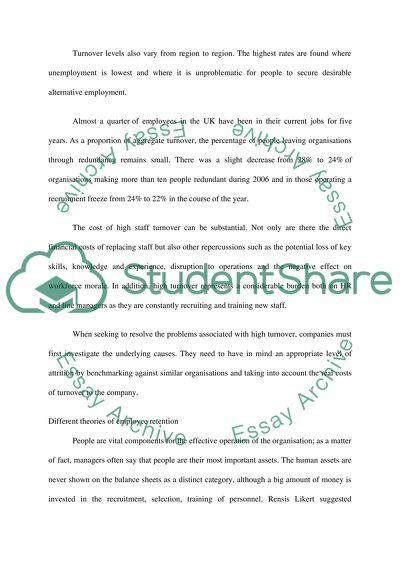Cite this document
(Employee Retention in the United Kingdom Case Study, n.d.)
Employee Retention in the United Kingdom Case Study. Retrieved from https://studentshare.org/psychology/1514925-employee-retention-in-uk
Employee Retention in the United Kingdom Case Study. Retrieved from https://studentshare.org/psychology/1514925-employee-retention-in-uk
(Employee Retention in the United Kingdom Case Study)
Employee Retention in the United Kingdom Case Study. https://studentshare.org/psychology/1514925-employee-retention-in-uk.
Employee Retention in the United Kingdom Case Study. https://studentshare.org/psychology/1514925-employee-retention-in-uk.
“Employee Retention in the United Kingdom Case Study”, n.d. https://studentshare.org/psychology/1514925-employee-retention-in-uk.


